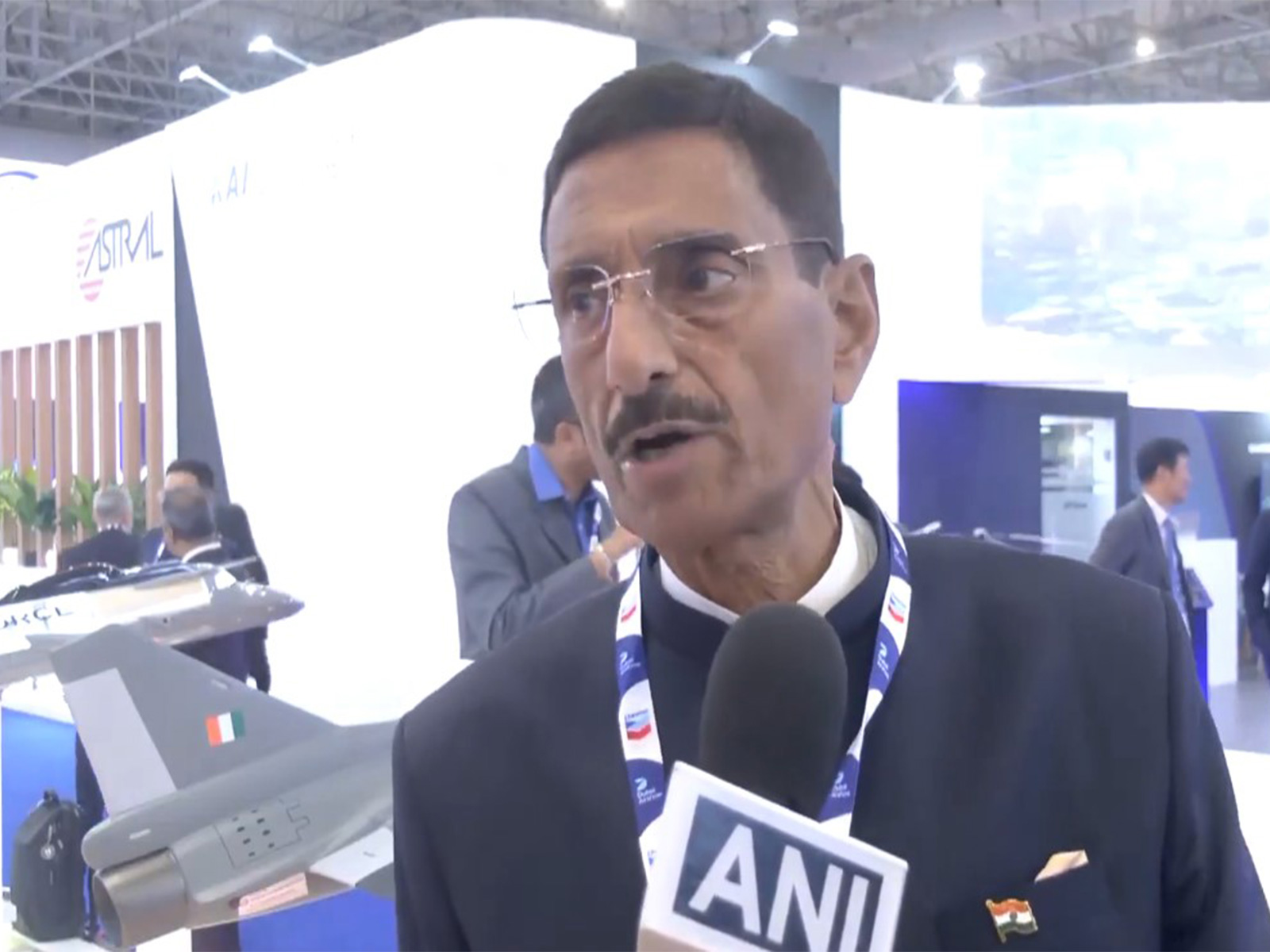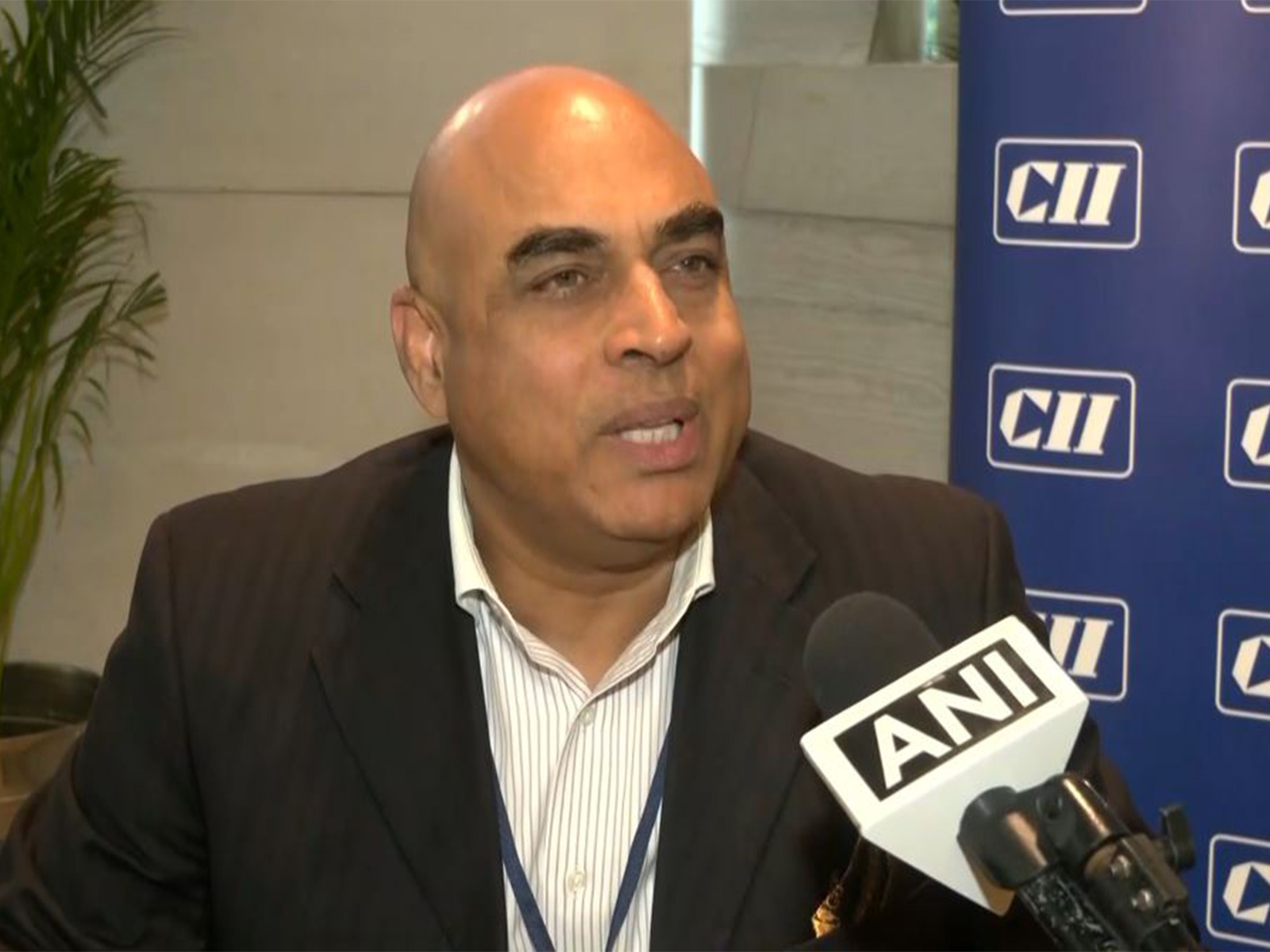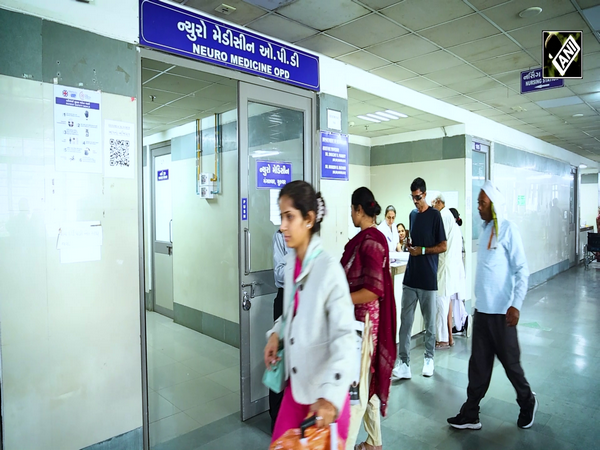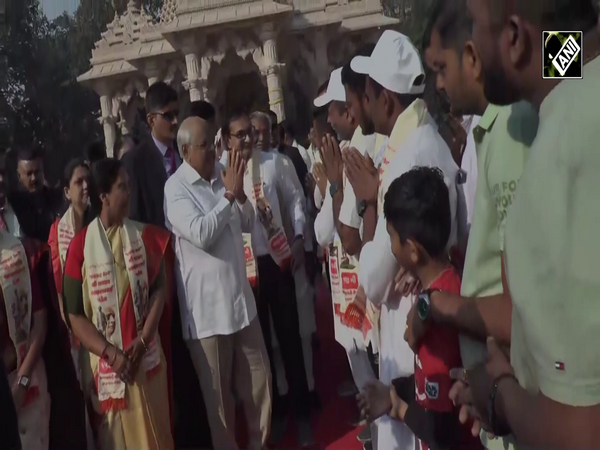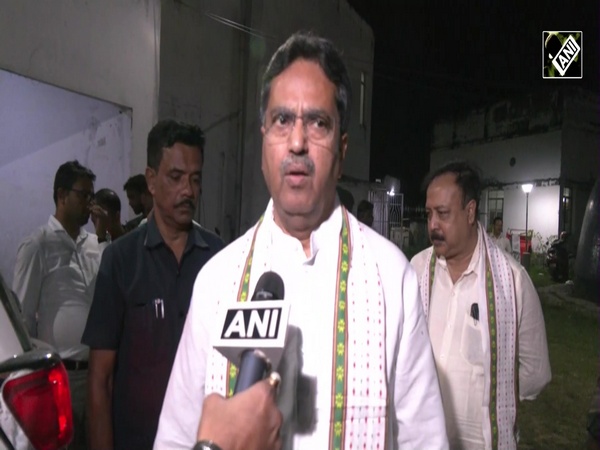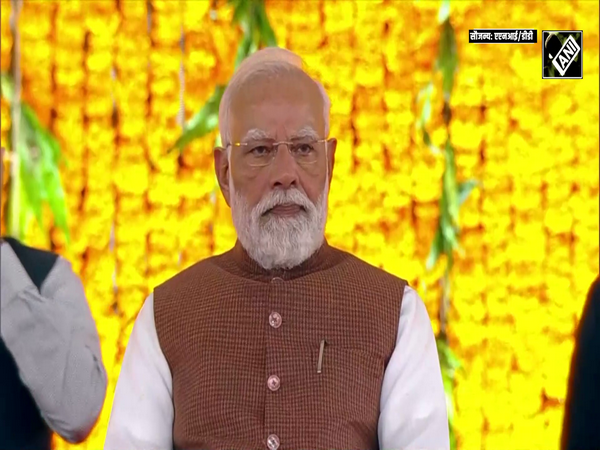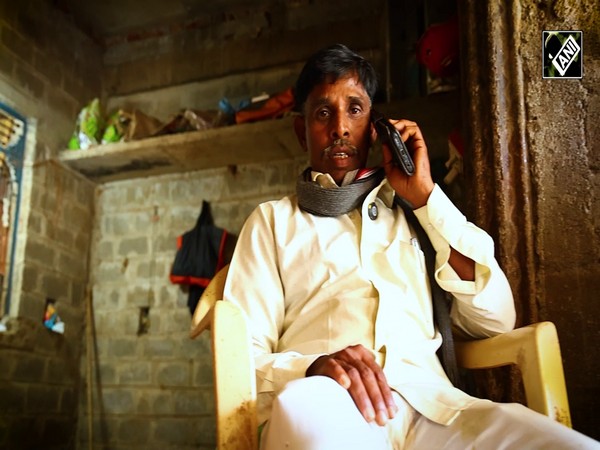The legacy of Nursultan Nazarbayev in Kazakh history
Jul 06, 2020

Nur-Sultan [Kazakhstan], July 6 : The twentieth century saw many countries such as China, Mexico and Brazil overcoming the challenges and imbalances of historical development as well as radically renovate their state by occupying higher positions in the world hierarchy.
Kazakhstan began its journey towards modernisation in the 1990s, post the breakup of the Soviet Union and Nursultan Nazarbayev becoming the first President of the then young state.
Nazarbayev played the same large-scale role in the history of Kazakhstan as world-famous reformers such as Ataturk in Turkey, Charles de Gaulle in France, Mahathir Mohammad in Malaysia, Lee Kuan Yew in Singapore, Mahatma Gandhi in India and others, played in the development of their respective countries.
Elected by the people to the highest post of the country on December 1, 1991, Nazarbayev's first words after becoming the First President were, "at the very edge of the abyss." It was a time when the Kazakh leader chose the national strategy adequate to the realities and the creation of a capable model of public governance -- which became the decisive factor for the effectiveness of Kazakhstan.
According to the recollections of those times, the situation in which Kazakhstan was on the eve of the collapse of the USSR was 'unenviable'. Statistics show that the newly-formed country was an agrarian economy and raw materials appendage.
Sandwiched in the centre of the Asian continent between major powers and unstable south, Kazakhstan determined difficult geopolitical situation and limited economic opportunities.
At that time, due to the rapid destruction of the USSR, the volume of industrial production in Kazakhstan for 1990-1994 became half, transport reduced by two-thirds, agriculture -- by 30 per cent. Allied industrial giants in the coal, mining and other industries stopped. Unemployment grew and began mass economic migration.
In a country that was already striving for a market economy, archaic mechanisms of governance and organisation of government institutions remained. But the problem arose of building external relations with neighbours and large countries.
However, under Nazarbayev's leadership, young Kazakhstan passed through all these challenges and limitations and rose up to a new level of development.
Kazakhstan has never copied foreign development models -- neither Asian, nor European, nor American. But having independently selected universal principles of country's development from world experience, the Kazakh leader was able to skillfully apply them to the national context and form his own model of effective reforms, development and effective governance.
In the early 1990s, Nazarbayev presented his own development formula "first Economy, then Politics", that is, initially the country relied on economic development, and on its basis, development of democratic institutions.
Today, this experience is known as the "Nazarbayev Model" or the Kazakhstani Way. It is based on a thoughtful and phased nation-building based on a rational solution of priority tasks and the pursuit of ambitious goals in future. It is simply impossible to fit the entire vast history of three decades into the format of this publication, but in short, the efforts of the First President of Kazakhstan have focused on three key stages of reform and development.
The beginning of the 1990s is the time of the first modernisation. Then the task was to rebuild the public administration system, lay the foundations of a market economy and integrate into the world community. During this period, Kazakhstan carried out "triple transit" to economic, social and socio-political spheres and all spheres of life underwent reforms.
Kazakhstan deliberately chose democracy as a model of political development and a new Constitution was created in 1995 with the separation of the executive, legislative and judicial powers and foundation of the rule of law was laid.
Deep economic transformations were carried out and key mechanisms of a market economy were formed.
Since then, the well-being of society has improved. The quality of life has improved substantially. As a result, the World Bank has included Kazakhstan among the middle-income countries. A major successful achievement of the Republic at that time was the transfer and construction of the new capital of the state, which today bears the name of the First President -- Nur-Sultan.
In 2012, Kazakhstan was among the 50 most competitive countries in the world. In those same years, Nazarbayev presented a new ambitious development goal in the Strategy "Kazakhstan-2050" -- to take a place among 30 advanced countries of the world in a few decades. Meanwhile, efforts to develop the business environment have led the country to rise from 86th place in the World Bank's "Doing Business" rating in 2005 to 25th position in 2019.

